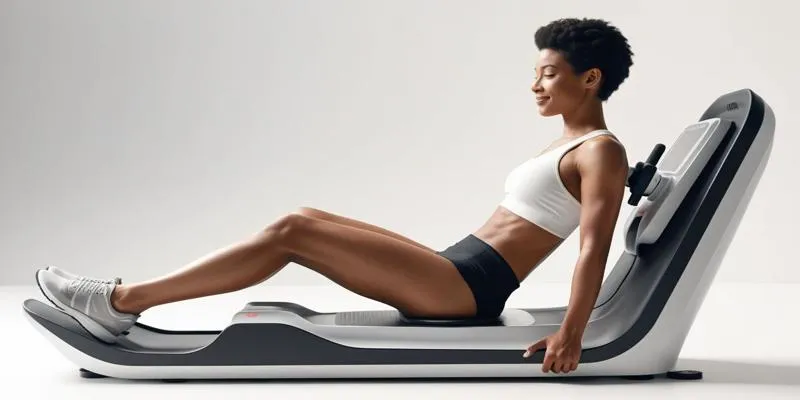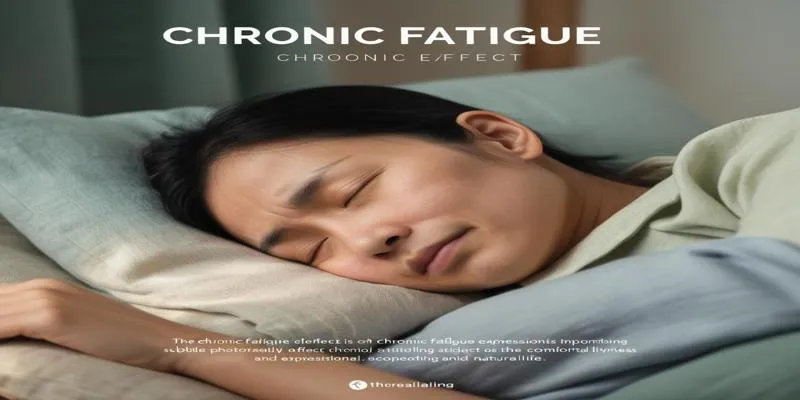Cataract Removal Linked to Fewer Hip Fractures
How does your vision affect your overall health and safety? Recent research suggests that cataract removal surgery may significantly reduce hip fracture rates in older adults. As you age, maintaining clear vision becomes crucial for preventing falls and preserving independence in daily life.
Understanding the Link Between Cataracts and Hip Fractures

The Visual Connection
Age-related cataracts are common and can significantly impair vision, affecting depth perception and contrast sensitivity. This visual deterioration increases the risk of falls, particularly among the elderly, as poor eyesight limits mobility and awareness of the environment.
The Impact on Balance and Mobility
Cataracts not only affect vision but also hinder balance and mobility. When visual cues are compromised, maintaining balance and spatial orientation becomes challenging. This can lead to uncertain or slow movement, increasing the risk of falls and subsequent hip fractures.
The Role of Cataract Surgery
Cataract surgery is now seen as a preventive measure against hip fractures. Improved vision post-surgery enhances interaction with physical surroundings, reducing the risk of falls. By restoring visual acuity, patients can better navigate obstacles, preventing slips and falls.
Long-term Benefits
Research indicates that improved post-operative vision from cataract surgery is linked to lower hip fracture incidences over time. This reduction is attributed to better balance, increased confidence in mobility, and an overall improved quality of life.
The Benefits of Cataract Removal for Older Adults
Improved Vision and Quality of Life
Cataract surgery can dramatically enhance visual acuity, allowing individuals to engage in activities like reading, driving, and watching TV. This improvement often boosts confidence and restores a sense of independence.
Reduced Risk of Falls and Injuries
One of the key benefits of cataract surgery is the reduced risk of falls and injuries. With improved vision, older adults can better manage their environment, assess hazardous situations, and maintain balance, decreasing the likelihood of serious injuries like hip fractures.
Enhanced Cognitive Function
Studies show that improved vision through cataract surgery can stimulate the brain and slow cognitive decline. The benefits extend beyond vision to overall mental health and quality of life.
Cost-Effective Long-Term Health Solution
While cataract surgery may have upfront costs, it can lead to long-term health and financial benefits. By reducing fall risks and related injuries, cataract removal can lower medical expenses and hospitalizations.
Improved Vision and Reduced Fall Risk

Enhanced Visual Acuity
Cataract surgery improves clarity of vision, enabling more confident movement. Patients can better judge distances and avoid tripping over obstacles, enhancing spatial awareness and reducing accident risks.
Increased Independence and Mobility
With improved vision, individuals are more likely to engage in daily activities and stay mobile. This not only enhances general health but also reduces fall rates. Participation in exercise programs or social activities helps maintain muscle strength, balance, and coordination, further preventing hip fractures.
Better Night Vision and Low-Light Perception
Cataracts impair night vision and low-light perception. Post-surgery, many patients see significant improvements in these areas, enhancing safety and confidence in dimly lit environments.
Improved Reaction Time and Balance
Improved vision after cataract surgery leads to better reaction time and balance. Enhanced attention to surroundings and improved balance effectively decrease fall risks, reducing the likelihood of hip fractures.
Surgical Techniques for Cataract Removal
Traditional Phacoemulsification
Phacoemulsification is the standard technique for cataract removal, using ultrasonic energy to break up the cloudy lens. A foldable intraocular lens (IOL) is then inserted through a small incision, offering quicker recovery and fewer complications.
Femtosecond Laser-Assisted Surgery
Femtosecond laser technology has revolutionized cataract surgery, using ultra- short light pulses for precise incisions and preliminary lens surgery. This technique offers enhanced precision and benefits for certain patients.
Manual Small Incision Cataract Surgery (MSICS)
MSICS is an alternative to phacoemulsification, particularly in regions with limited facilities. It involves a slightly larger incision and manual lens removal. Despite minimal equipment, skilled practitioners achieve good visual results with low complication rates.
Extracapsular Cataract Extraction (ECCE)
Though less common, ECCE is used for complex cases, such as very hard cataracts. It involves a larger incision and lens removal in one piece, suitable when phacoemulsification isn’t feasible.
Conclusion
Cataract removal not only improves vision but also significantly reduces the risk of hip fractures in older adults. This surgery offers extended benefits, enhancing quality of life, mobility, and overall safety.











